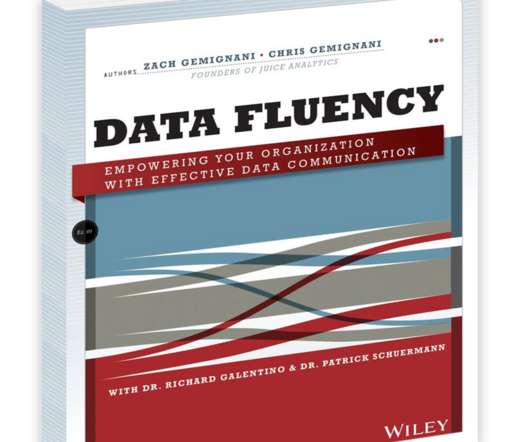How to Create a Data Fluent Organization
Juice Analytics
MARCH 20, 2021
Few people, and fewer organizations, consistently engage with the data and use it to guide their thinking. Our vision is for everyone, from front-line customer service agents to senior executives, to leverage the mountain of data at their disposal. If you’d like to read the full chapter, download the PDF here.














Let's personalize your content